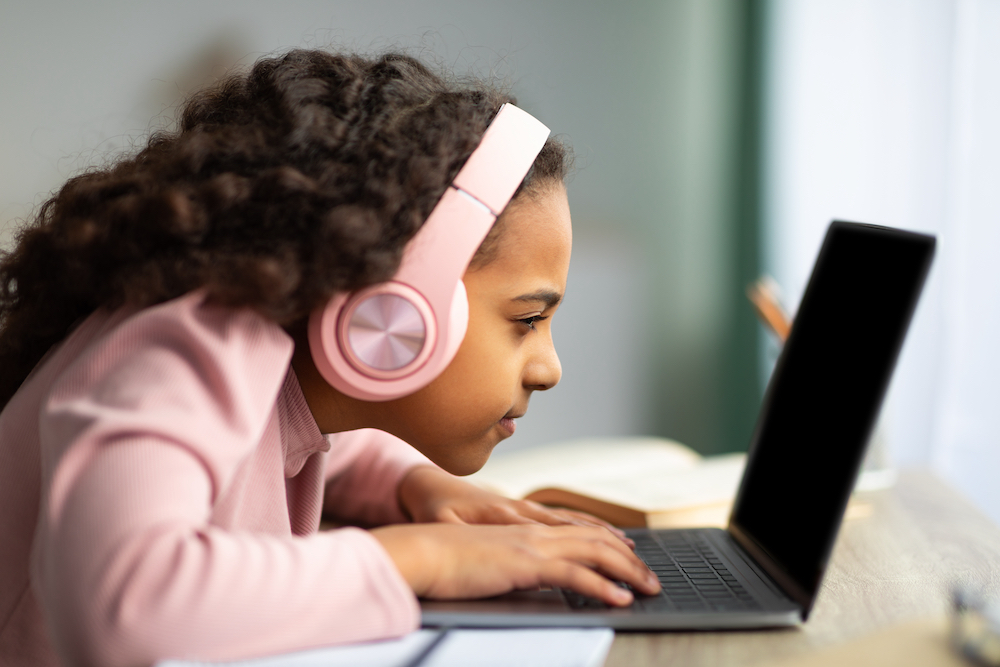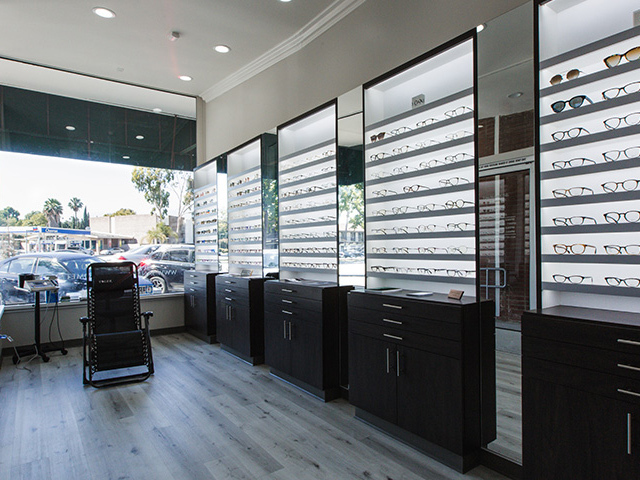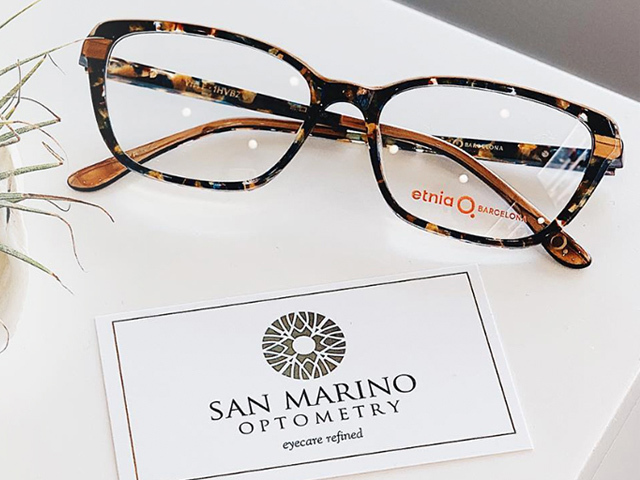
Myopia, also known as nearsightedness, is a condition that commonly affects children. It causes them to see close objects, but those at a distance appear blurry. It can develop at any age but often gets diagnosed in childhood.
Understanding the development of this condition is vital. It occurs when the eyeball grows significantly longer and the eye lens or the cornea becomes very curved. This causes light entering your eye to focus in front of the retina instead of directly on it, making distant objects appear blurry.
Myopia can develop due to various factors. It can be genetic, meaning a child can get it from his/her parents. Lifestyle factors like spending prolonged hours indoors or using digital screens can also cause its development.
Impacts Academic Performance
Nearsightedness can affect children’s performance in school. They can struggle to read the board while in class. This makes their learning lessons increasingly difficult. They may struggle to read small prints in their worksheets or textbooks, leading to a decline in academic performance.
Myopia also causes eyestrain, fatigue, and headaches. As such, these affect the children’s ability to concentrate in class. Untreated nearsightedness contributes to a decline in academic performance and causes children to lose motivation to learn.
Impacts Physical Activities
Nearsightedness affects physical activities for children. They become hesitant to participate in outdoor activities or sports. Struggling to see people or objects in the distance takes away their motivation to join activities that require optimal sight.
Consequently, they will refrain from engaging in sports and games given their inability to engage fully. Myopia can also pose safety concerns due to this handicap. It makes it harder for them to see obstacles or judge distances. The unfortunate situation contributes to injuries or accidents.
Social Implications
Children with nearsightedness suffer from the social implications of refractive error. They may avoid playing with peers or social activities that require good vision. They often have difficulties forming and maintaining relationships from frequently missing essential cues.
Impacts Self-esteem
Myopia can affect the quality of life of a child. One way it does so is through how a child feels about how they look while wearing corrective lenses such as eyeglasses or contact lenses. Most of them become self-conscious and worry that it makes them look unappealing, different from how their peers look.
Their unwillingness to participate in sports often leads to isolation and frustration. They may feel they cannot keep up with their peers or participate in activities they love.
Impacts on Quality of Life
There are several ways in which nearsightedness can affect the quality of life of a child. Their visual impairment impacts peer relationships, their academic performance, and their daily safety. Nearsightedness also affects their emotional well-being. They may feel alone and stigmatized for wearing contact lenses or eyeglasses.
Regular eye exams are ideal for early detection of the condition. It will help manage it and prevent it from worsening. With the help, children can see clearly and participate in activities that they love.
Parents and caregivers must always be supportive and understand how their child feels about experiencing nearsightedness. They must help them develop strategies to cope with negative experiences and emotions.
For more on myopia in children, visit San Marino Optometry at our office in San Marino, California. Call (626) 415-3600 to book an appointment today. We proudly serve the San Marino, San Gabriel, and Arcadia communities.





